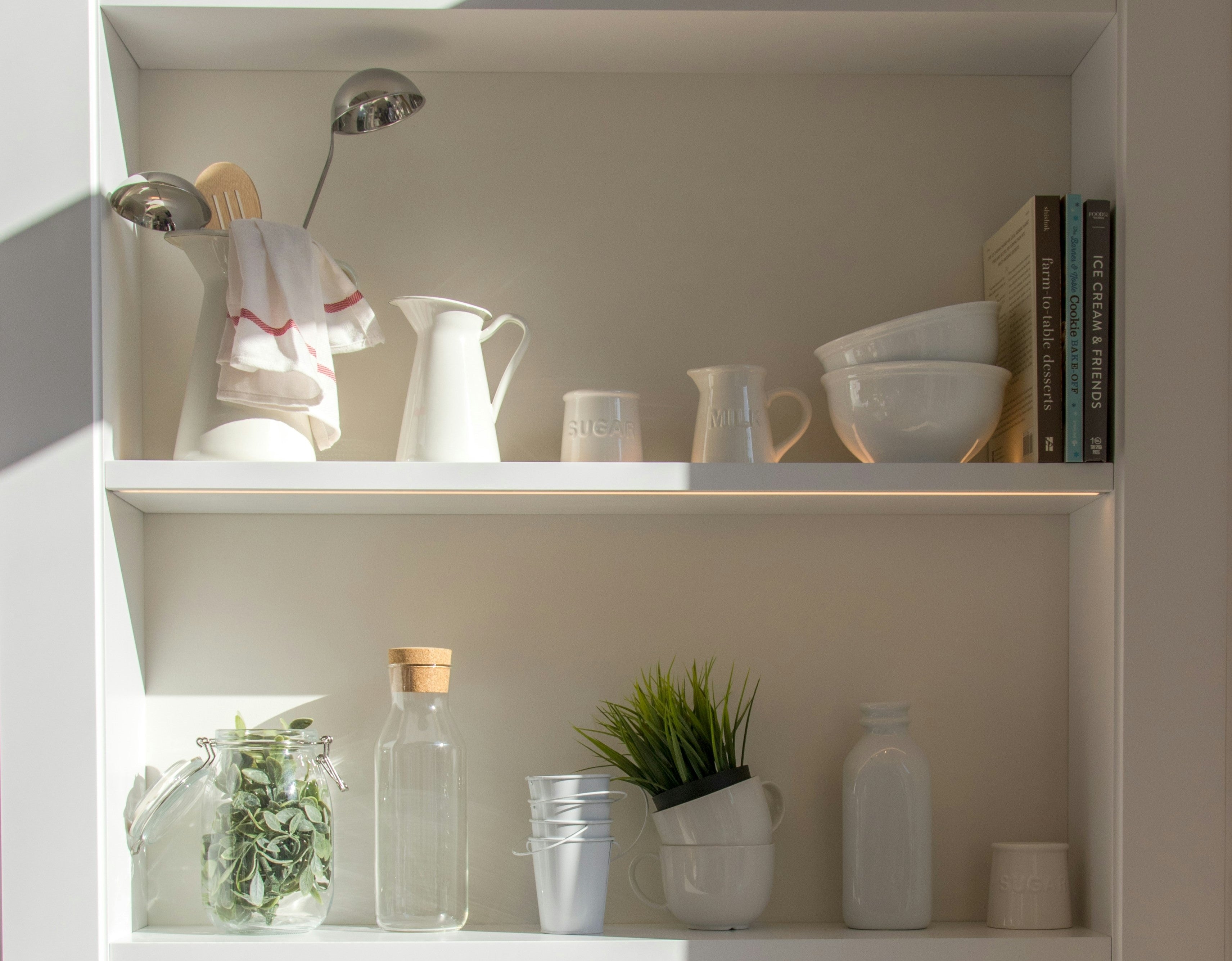Microplastics are tiny particles of plastic that measure less than 5 millimeters in length. These particles are found almost everywhere, from oceans and waterways to food and air. They are known to harm our health and the environment. Unfortunately, microplastics also exist in our homes, and we may unknowingly contribute to their spread. Here are ten hidden sources of microplastics in your home:
- Tea Bags
Did you know some tea bags contain plastic fibres that can release microplastics when you brew tea? That's right! But don't worry, there are ways to enjoy your tea without harming the environment. Why not try looking for tea bags made with natural fibres or switch to loose-leaf tea? It's a small change that can make a big difference!
- Synthetic CHUX
CHUX, the popular cleaning wipes, are made from synthetic fabrics derived from synthetic textiles. Unfortunately, when these materials are washed or rinsed, they release microplastics into the environment. Consider switching to plastic-free or petroleum-free cleaning wipes to reduce your household's environmental impact. Our recommended product is an excellent alternative to CHUX and can help you keep your home clean while also being eco-friendly.
- Cleaning Products
It's worth noting that numerous cleaning products incorporate microplastics in the form of tiny scrubbing beads, which can hurt the environment. To make eco-friendly choices, look for cleaning products that use natural abrasives, such as baking soda, or a microfiber cloth, which is also an effective cleaning tool.
- Synthetic Carpets
Indoor and outdoor carpets crafted from synthetic materials such as nylon or polyester release tiny plastic particles, also known as microplastics, into the atmosphere. You may opt for carpets made from natural fibres such as wool or jute to minimise exposure to these pollutants. Natural fibre carpets don't just add a touch of elegance to your living space. Still, they offer a more environmentally friendly choice, as they don't release microplastics into the air.
- Cling Wrap
Unfortunately, is the cling wrap we use to keep our food fresh shedding microplastics onto our food? This is because it is made up of chemicals used to support our food fresh, but they can also harm our health. Moreover, reheating the cling wrap releases microplastics that can be hazardous to our environment.
- Plastic Food Containers
Did you know that heating or scratching plastic food containers can lead to the release of microplastics? These tiny particles can enter your food and eventually enter your body. To minimise your exposure to microplastics, it is recommended to use containers made of glass or metal instead of plastic. These materials are less likely to release harmful particles and are a safer option for storing and reheating your food.
- Cosmetics
Many cosmetics contain microplastics such as polyethylene or nylon. It is advisable to search for products that are labelled "microbead-free." Alternatively, you can choose natural alternatives such as sugar or salt scrubs.
- Air Fresheners
It's important to note that several air fresheners contain microplastics that come as tiny beads or fibres. These plastics can harm the environment and aquatic life once they enter our waterways. Instead, you can opt for natural alternatives like essential oils or fresh flowers to keep your surroundings fresh and pleasant. These alternatives are eco-friendly and safe for you and your family.
- Synthetic Sponges
Did you know synthetic sponges commonly used for dishwashing can shed microplastics during use? This can contribute to plastic pollution in the environment. If you're looking for an eco-friendly alternative, consider using natural options such as loofah or bamboo sponges. These alternatives are biodegradable and can help reduce your plastic waste.
- Plastic Toys
Many children's toys are made with plastic, which can release microplastics when they are played with. Consider choosing toys made with natural materials like wood or cloth.
By being mindful of these hidden sources of microplastics in your home, you can take steps to reduce their spread and protect the environment. Consider making small changes in your daily routine, like choosing natural materials or opting for microfiber filters, to make a significant impact.

Share:
Tips for buying makeup remover wipes
Cling Wrap - Detachable Blade